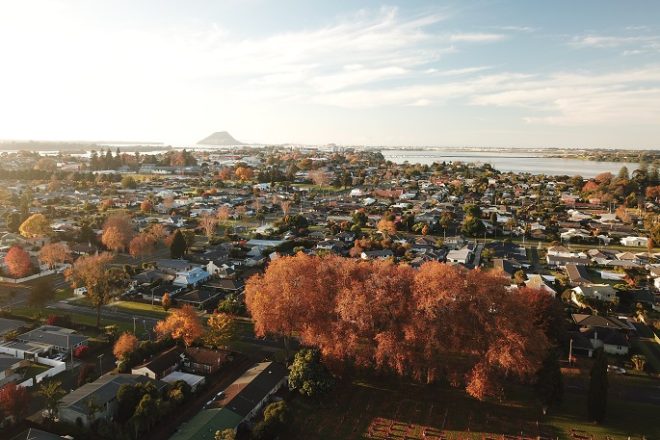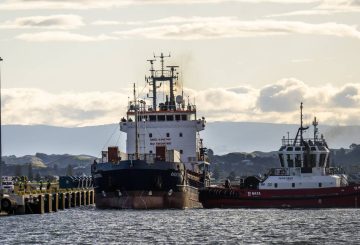Осень в Тауранге захватывает дух: деревья с яркими оттенками желтого, золотого и оранжевого цветов на фоне ясного голубого неба. Читатели SunLive заметили толстый слой листьев, покрывающий улицы в мае. Это хорошее напоминание всем о том, что перед зимними дождями необходимо проверить и очистить водосточные желоба, изливы и ливневые стоки, чтобы они не засорялись листьями.
Осень в Новой Зеландии известна своими прекрасными красками, особенно на Южном острове. Тем не менее, Тауранга также продемонстрировала свою потрясающую осень: от парка Макларен-Фолс до различных пригородов, таких как Гриртон и Бетлехем.
Опадение листьев и плодов с растений, известное как абсцессия, обычно происходит осенью, когда температура падает, дни становятся короче или когда растения испытывают стресс из-за засухи. При разрушении хлорофилла другие пигменты в листьях становятся видимыми, что приводит к изменению цвета листьев. Самые яркие цвета видны, когда дни короткие, а ночи прохладные, но не морозные.
Городской совет Тауранги усердно работает над созданием карт и моделей опасности наводнений для прогнозирования районов, которые в наибольшей степени пострадают от сильных дождей и штормов. Жители могут помочь предотвратить наводнения, очищая водостоки и желоба и сообщая совету о любых засорах.
Если ожидаются сильные дожди, сотрудники городского совета проверят и удалят мусор из более чем 100 решеток для ливневых вод в 60 населенных пунктах по всему городу. Во время шторма все звонки населения записываются, а просьбы о помощи в очистке стоков отправляются подрядчикам. После шторма решетки и розетки снова проверяются и очищаются.
Жители могут помочь своему сообществу, регулярно проверяя водосточные трубы и убирая листья и мусор перед сильным дождем. В случае засорения частной канализации житель обязан связаться с частным подрядчиком по водоотведению. Если есть опасения, что дорогу заблокируют листья, жители могут уведомить совет по телефону 07 577 7000.
Опавшие осенние листья можно использовать в саду или для поделок. Они могут улучшать структуру почвы и удерживать воду, привлекать организмы, улучшающие здоровье почвы, и могут использоваться в качестве мульчи для защиты растений, подавления сорняков, удержания влаги в почве и защиты от червей. Листья также можно добавлять в контейнеры для компоста или использовать для детских зимних поделок и произведений искусства.






























































